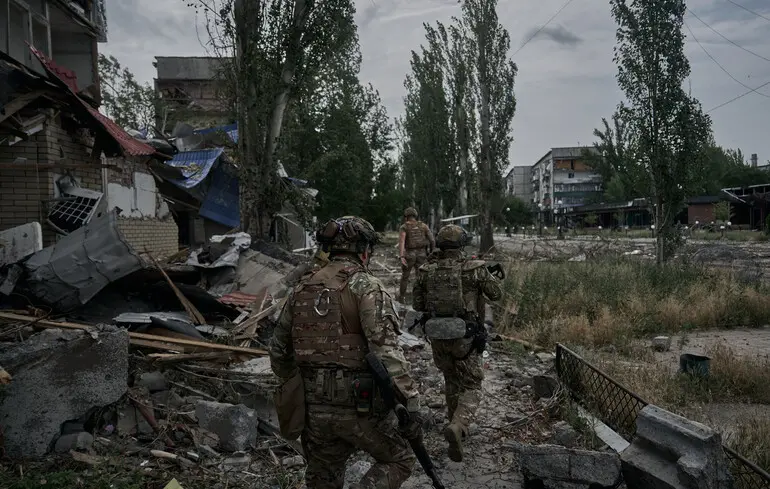Ukrainian Forces Liberate Pokrovsk from Russian Infantry Detachment: Recent Developments and Situation Analysis

Ukrainian military forces achieved a significant victory in the Donetsk region by conducting a large-scale operation to clear the city of Pokrovsk from Russian infantry sabotage-reconnaissance groups.
According to information released by the General Staff of the Armed Forces of Ukraine on their official Telegram channel, soldiers of the Seventh Corps of the Air Assault Forces, in cooperation with other units, succeeded in completely destroying and driving out hostile saboteurs from the city and surrounding areas.
They advanced in several strategic locations, establishing new positions and strengthening their defenses.It is also reported that units from the First Corps of the Azov National Battalion carried out operations to eliminate Russian troops in nearby villages — Zoloty Kolyadzy, Gruzke, Vesele, Rubizhne, Petrivka, and Novovodyane.
The General Staff confirmed ongoing stabilization efforts in this sector despite substantial losses for the occupying forces: between August 4 and August 17, the Russian army lost 984 soldiers killed, over 355 wounded, and 37 prisoners surrendered.
Russian losses also included significant damage to military equipment: eight armored vehicles, 22 artillery systems, 11 tanks, more than 112 units of motor and automotive equipment, and an MLRS (Multiple Launch Rocket System).Earlier analyses by DeepState warned that the Russian military command had formed tactical sabotage groups consisting of three battalions, each with about 50 soldiers.
Over 14 days, these units moved toward Pokrovsk, but only around 30 managed to reach the city.
Viktor Tregubov, spokesperson for the Dnipro operational-strategic grouping, stated that Russian sabotage groups exploited a gap in defense lines and broke through the first line of defense in Pokrovsk.
Ukraine’s Commander-in-Chief, General Olexander Syrskyi, emphasized that Russian forces use a tactic called ‘a thousand cuts,’ attempting to weaken Ukrainian defenses and destabilize the region.

